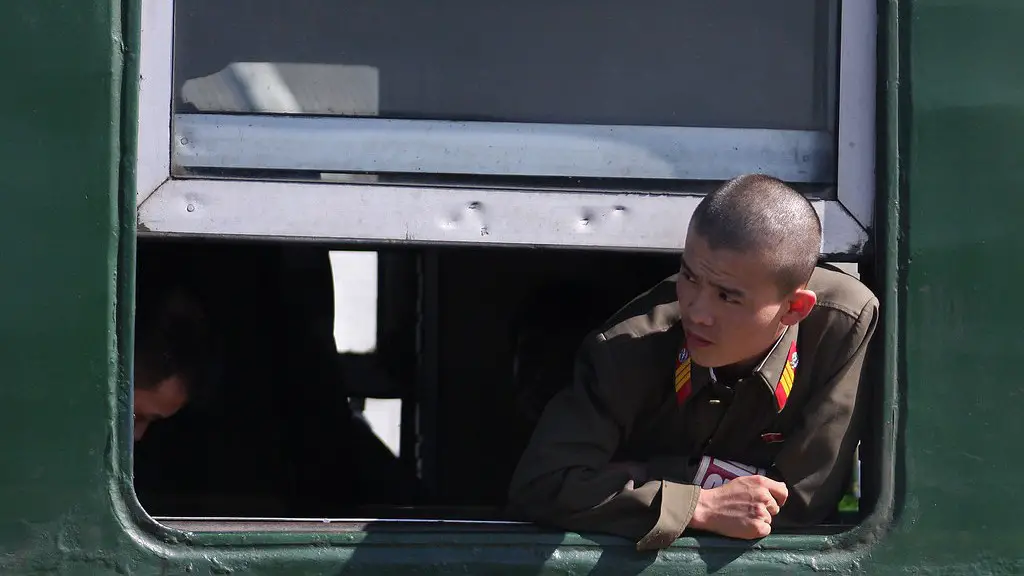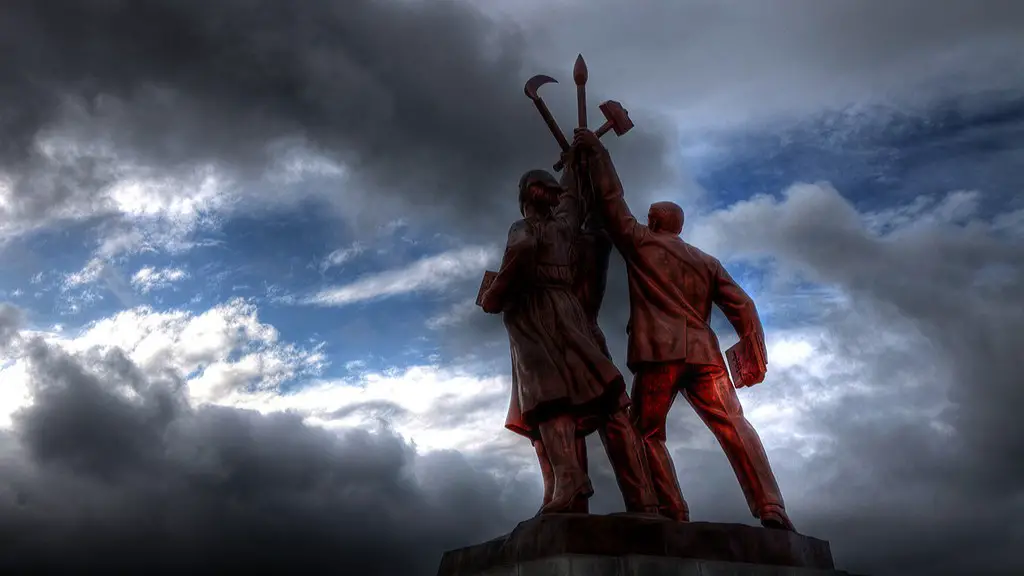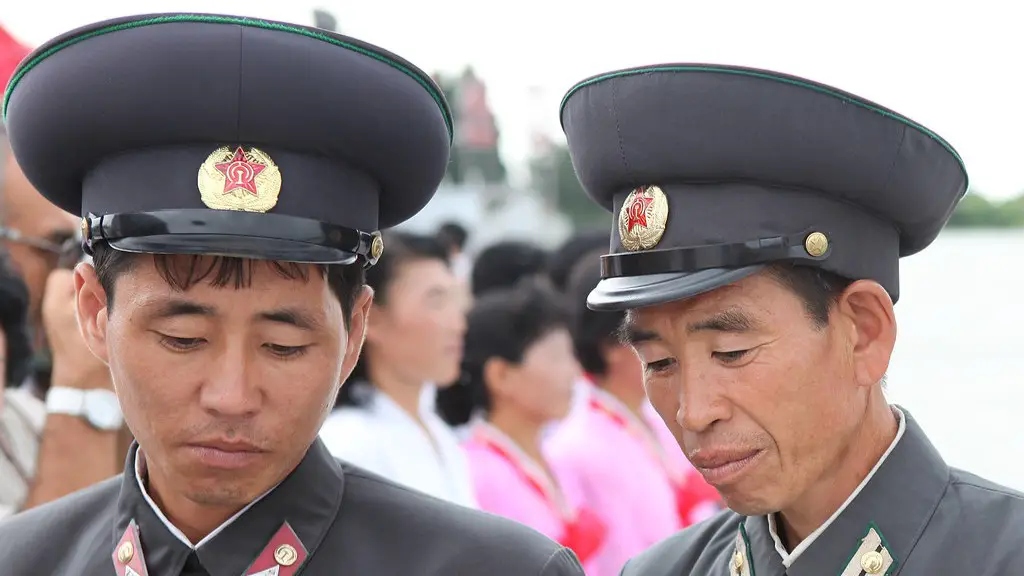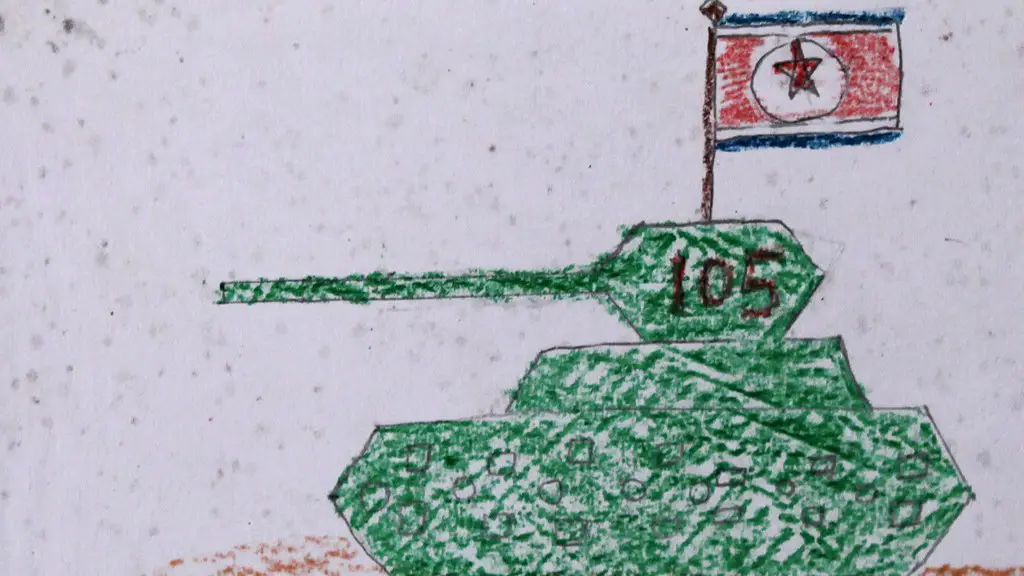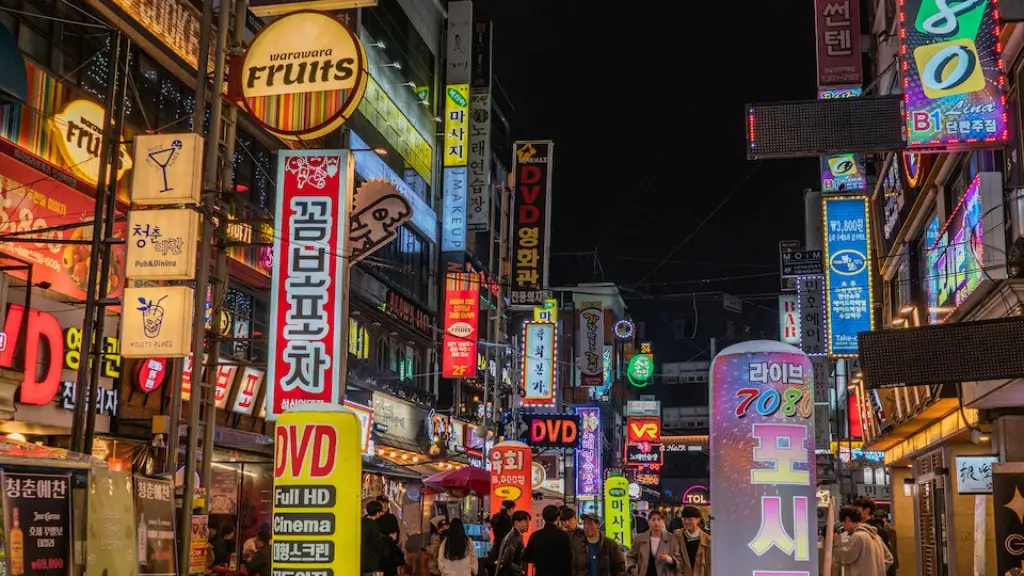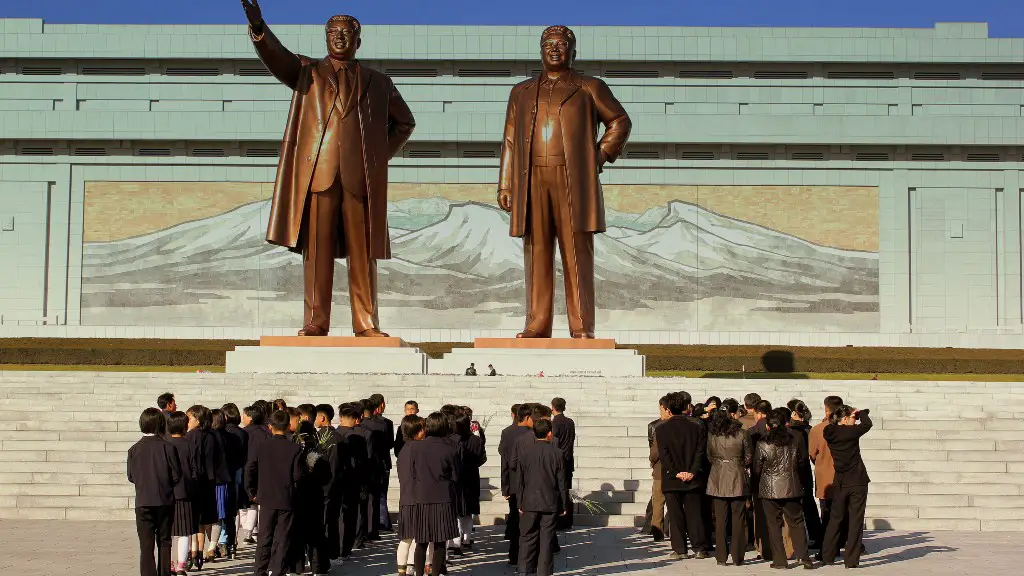The two Koreas were once a single country, but were divided into North and South after the Korean War. The two countries have maintained a tense relationship ever since, with both sides often threatening military action. The primary division between the two countries is ideological, with North Korea being a communist state and South Korea being a democracy. There are also significant economic discrepancies between the two countries, with South Korea being much more affluent than North Korea. Finally, the two countries have different relationships with other world powers, with South Korea being an ally of the United States and North Korea being aligned with China.
The Korean Demilitarized Zone (DMZ) is a strip of land running across the Korean Peninsula. It is established by the terms of the Korean Armistice Agreement to serve as a buffer zone between North Korea and South Korea.
How is North Korea and South Korea divided?
The Korean War was a conflict between North Korea and South Korea that lasted from 1950 to 1953. The war began when North Korea invaded South Korea in an attempt to re-unify the peninsula under its communist rule. The United States intervened on behalf of South Korea, and the war eventually resulted in a stalemate. The Korean Demilitarized Zone (DMZ) was established to separate the two Koreas, and the war has left the peninsula divided to this day.
The division of Korea into North and South following World War II was largely a result of US policy at the time. The US had hoped to prevent any single power from dominating Korea, and the Soviet advance south of the 38th parallel made it necessary to divide the country.
What divides the two countries in Korea
The demilitarized zone (DMZ) is a 4-kilometer-wide (2.5-mile) strip of land that runs along the 38th parallel and serves as a buffer zone between North and South Korea. The DMZ was established at the end of the Korean War in 1953 and has since been fortified by both sides. Today, it is one of the most heavily militarized borders in the world.
Since the Korean War ended with an armistice in 1953, North and South Korea have been separated by an almost impenetrable border. This has prevented anyone from crossing to the other side, and has led to a continued state of tension and conflict between the two countries.
How did Korea become two countries?
The Korean peninsula was split into two zones of occupation – the US-controlled South Korea and the Soviet-controlled North Korea – when Japan surrendered to the Allies in 1945. Amid the growing Cold War tensions between Moscow and Washington, in 1948, two separate governments were established in Pyongyang and Seoul.
The division of the peninsula led to years of tension and conflict, culminating in the outbreak of the Korean War in 1950. After three years of fighting, the war ended in a stalemate, with the peninsula remaining divided.
Since then, the two Koreas have remained in a state of conflict, with periodic outbreaks of violence. In recent years, there have been some signs of progress, with the two sides holding a series of talks and negotiations. However, the situation remains fragile, and the peninsula remains divided.
The Korean War was a conflict between the communist North Korea and the non-communist South Korea. The war began on June 25, 1950, when the North Korean People’s Army invaded South Korea. The United States and other countries intervened on behalf of South Korea, and the war lasted until 1953.
Which part of Korea did the US support Why?
The US supported the Republic of Korea in repelling an invasion from the Democratic People’s Republic of Korea (North Korea) during the Korean War. The Korean War was a conflict that emerged after World War II, when the Empire of Japan had occupied the Korean Peninsula.
The Korean War was a conflict between North and South Korea, in which a variety of nations were involved. The war began on June 25, 1950, when North Korea invaded South Korea. The United Nations, with the United States as the principal force, came to South Korea’s aid. China came to North Korea’s aid. After much fighting, an armistice was signed on July 27, 1953, splitting the peninsula along the 38th Parallel. However, no peace treaty was ever signed, and the two Koreas are technically still at war, engaged in a frozen conflict. The Korean Demilitarized Zone (DMZ) is the de facto border between the two Koreas.
In April 2018, the leaders of North and South Korea met at the DMZ and agreed to work toward a treaty to end the Korean War formally. The details of such a treaty are yet to be hammered out, but the fact that the leaders of the two Koreas are talking is a positive step toward peace on the peninsula.
Why did Japan take over Korea
Japan had long been interested in Korea and saw it as a potential colony. In 1876, Japan formally annexed Korea and began a process of colonization. This was part of Japan’s imperialist goals and saw Korea as a strategic foothold in Asia. The colonization of Korea was opposed by the Korean people and resulted in a number of uprisings and revolts. However, these were all ultimately unsuccessful and Japan remained in control of Korea until the end of World War II.
The Communist movement in Korea emerged as a political movement in the early 20th century. Although the movement had a minor role in pre-war politics, the division between the communist North Korea and the anti-communist South Korea came to dominate Korean political life in the post-World War II era.
What separates Korea and China?
The Yalu River is one of the main rivers in northeastern Asia, and forms the northwestern boundary between North Korea and China. The Chinese provinces of Jilin and Liaoning are bordered by the river. The Yalu River is an important waterway for both countries, and is used for transportation, irrigation, and hydroelectric power generation.
1 USD = 900 KPW Feb 28, 2023 21:20 UTC
The currency converter below is easy to use and the currency rates are updated frequently. You can use it to see how much 1 US dollar is worth in Korean Won on different days.
Why can’t Americans go to North Korea
US nationals are advised not to travel to North Korea due to the serious risk of arrest and long-term detention. The US government has limited ability to provide consular services to US nationals in North Korea. Exercise increased caution if you choose to travel to North Korea.
Since the mid-1990s, North Korea has been cut off from the Soviet Union and has descended into darkness. The country is famously hermetic, and its people have had to find ways to cope with the lack of light and electricity. Many have turned to solar power, and some have even managed to build their own small solar panels. Others have simply had to make do with whatever light they can find, whether it’s from candles or fireplaces.
Who is richer North or South Korea?
South Korea’s nominal gross domestic product (GDP) was approximately 2,071 trillion South Korean won in 2021, compared to that of North Korea which was approximately 3589 trillion South Korean won.
Korea was controlled by Japan under a Governor-General of Chōsen from 1910 until Japan’s unconditional surrender to the Allied Forces on 15 August 1945. De jure sovereignty was deemed to have passed from the Joseon dynasty to the Provisional Government of the Republic of Korea.
Conclusion
The Demilitarized Zone (DMZ) is a 2.5-mile wide, 155-mile long strip of land that runs along the 38th parallel north and serves as the de facto border between North and South Korea.
The Koreas were divided following World War II, with the north becoming a communist state and the south a democracy. The north and south have remained divided ever since, with periodic conflicts. The most recent conflict was in 2010, when North Korea attacked a South Korean island, killing four people. The divide between the two Koreas remains as bitter as ever.
